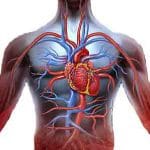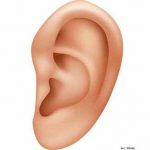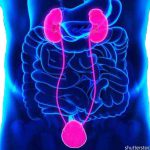NEWS on nervous system implants
Maturation and circuit integration of transplanted human cortical organoids
Self-organizing neural organoids represent a promising in vitro platform with which to model human development and disease. However, organoids lack the connectivity that exists in vivo, which limits maturation and makes integration with other circuits that control behaviour impossible. Here we show that human stem cell-derived cortical organoids transplanted into...
Artificial neuron for neuromorphic sensing and biointerfacing
The effective mimicry of neurons is key to the development of neuromorphic electronics. However, artificial neurons are not typically capable of operating in biological environments, which limits their ability to interface with biological components and to offer realistic neuronal emulation. We report an organic artificial neuron that is based on...
If a neurological remote controlled implant is no longer supported
A patient report noted that he found no further support after the withdrawal of the manufacturer of a neurostimulating implant. The device is implanted in the maxilla. He had a cluster headache that was relieved by the device. In another case, distribution of an ocular implant was discontinued because it...
Brain implant can improve memory
Deep brain stimulation (DBS) of the hippocampus is proposed for enhancement of memory impaired by injury or disease. Many pre-clinical DBS paradigms can be addressed in epilepsy patients undergoing intracranial monitoring for seizure localization, since they already have electrodes implanted in brain areas of interest. Even though epilepsy is usually...
Implantable cooler to temporarily block nerve conduction and ease pain
Soft, bioresorbable coolers for reversible conduction block of peripheral nerves Reeder et al. developed a soft, miniaturized, implantable cooler to temporarily block nerve conduction using a liquid-to-gas phase transition as the cooling mechanism (see the Perspective by Jiang and Hong). They borrowed the design of electrical nerve cuff and substituted...
Nerve stimulation with the help of implantable mini solar cells
An international research team has successfully developed and tested a concept in which nerves are stimulated with light pulses. The method provides considerable advantages for medicine and opens up a wide range of possible applications. The researchers see possible applications in severe brain injuries. Here, the stimulation of nerve cells...
Brain implant enables ALS patients to communicate with the world outside
A patient in the advanced stages of amyotrophic lateral sclerosis (ALS) who had lost his last ability to communicate with the outside world after paralyzing his eye muscles has learned to make himself heard again with the help of a brain-computer interface. Nach dem in Nature Communications (2022; DOI: 10.1038/s41467-022-28859-8) vorgestellten Fallbericht konnte...
Implanted System for Orthostatic Hypotension in Multiple-System Atrophy
Orthostatic hypotension is a cardinal feature of multiple-system atrophy. The upright posture provokes syncopal episodes that prevent patients from standing and walking for more than brief periods. We implanted a system to restore regulation of blood pressure and enable a patient with multiple-system atrophy to stand and walk after having...
Spelling interface using intracortical signals enabled neurofeedback training
Spelling interface using intracortical signals in a completely locked-in patient enabled via auditory neurofeedback training Patients with amyotrophic lateral sclerosis (ALS) can lose all muscle-based routes of communication as motor neuron degeneration progresses, and ultimately, they may be left without any means of communication. Here, we implanted two 64 microelectrode...
Find NEWS and PUBLICATIONS here according to your interests or use the search box.









